Struggle, desolation, even rage are words that come to my mind when in front of Antonio Saura’s work. Born in Spain in 1930, Saura was a founding member of the El Paso group, a collective of artists and critics established in 1957 which, together with the Dau Al Set, defined the avant-garde art movement in Spain in the 20th century. Together with the emergence of Abstract Expressionism in New York and Art Informel in Paris, El Paso reinvigorated the international art scene, which had been severely depleted after WWII. The three movements encouraged spontaneous freedom of expression and the exploration of the subconscious mind.
It was in a visit to El Prado Museum as a kid, that Saura first experienced the work of the Spanish masters Goya and Velázques, both of whom would have a profound influence on his work. At the age of 13, he contracted tuberculosis, which forced him to stay confined to his room for several years, and thus, books became his window to the world. In 1947, when he was mostly recovered, he started to paint, without any formal training at all. His early works mostly depicted imaginary landscapes and employed a very colourful palette in flat, smooth applications of paint.
In 1954, he moved to Paris, where he met many of the surrealist artists and where his work showed the influence of the Art Informel and the Abstract Expressionist movements. Upon his return to Spain a couple of years later, he started to centre his work in the representation of the human figure, often distorted to express an array of feelings and emotions associated with existential angst. The influence of Velázquez Christ Crucified (1632) and Goya’s The Dog (circa 1819-1823) would become recurrent themes in his paintings.
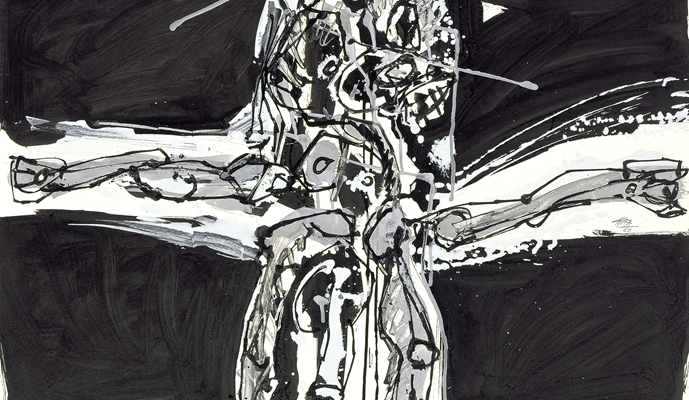
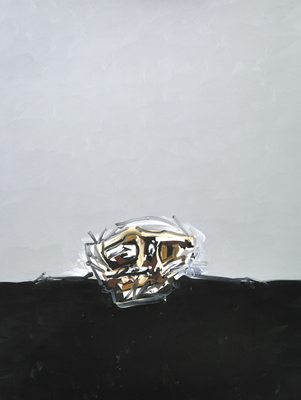
Left: Crucifixión, 1960, Gouache and India ink on paper. Right: Le Chien de Goya, 1985, oil. Both images: © Succession Antonio Saura www.antoniosaura.org A.D.A.G.P. Paris, 2023
This travelling exhibition, which debuted at Opera Gallery Madrid in 2023, pays homage to Saura’s artistic legacy 26 years after his death, while examining his innumerable contributions to the art historical canon in Spain and beyond. The show brings together 27 paintings, works on paper and canvas created between 1959-1997, exploring enduring themes in Saura’s practice – from Crucifixions to Crowds as well as Imaginary Portraits – which acted as catalysts for existential and aesthetic developments. The show also highlights his Auto-da-fé series, a suite of paintings made using the torn-out covers of books that he originally created 40 years ago. An auto-da-fé was the ritual of public penance imposed by the Catholic authorities during which they’d publicly declare the sins, crimes and sentences of the accused by the Inquisition Tribunal.
Very few artists of this period managed to convey feelings of isolation, hopelessness and bleakness with as much power as Saura. The darkness of his work was emphasised by his sober palette of black and white, vigorous brushstrokes and contorted figures.
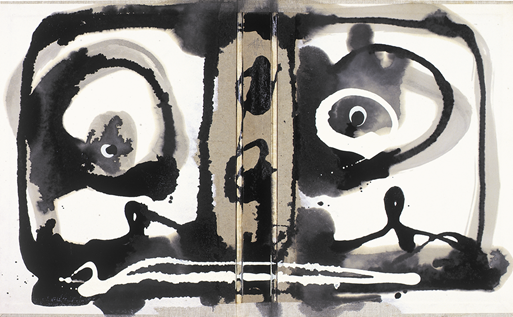
Autodafé, 1986, Acrylic and lacquer on board. Photo Credit: ©Succession Antonio Saura. A.D.A.G.P. Paris, 2023
His talent was recognised internationally and as such, Saura exhibited widely in Europe and the USA during the decades of censorship imposed by dictator Francisco Franco. Among many prestigious awards, he received the Guggenheim New York International Prize (1960) and the Grand Prix des Arts de la Ville de Paris (1995), as well as the Carnegie Award for his contribution to documenta Kassel (1964).
Saura’s work extended beyond painting into sculpture, writing, printmaking, theatre set design and writing. He published his first book in 1950 and regularly brought out new works right up to the end of his life in 1998. At the end of 2024, the Antonio Saura Foundation will publish a new book titled, On Picasso, which includes a series of essays dedicated to Pablo Picasso, most of which have never been printed in English.
In 1997, Saura was diagnosed with leukaemia, and only a year later, he died, in his studio in Cuenca, Spain.
Isabelle de La Bruyère, CEO of Opera Gallery Group commented: “We are very proud to host an important new exhibition in London – Antonio Saura: Painting at Will – in collaboration with the Succession Antonio Saura and Fondation Archives Antonio Saura. Recognised as one of Spain’s most important Post-War artists, this is Saura’s first solo show in London since 1966. The works presented, some of which for the first time in the United Kingdom, demonstrate his intricate knowledge and contribution to art history, as well as his empathy towards the human condition and fearless engagement with culture…”
Antonio Saura, Painting at Will
29 February – 26 March 2024
Opera Gallery London
65 – 66 New Bond Street W1S 1RW
london@operagallery.com T +44 (0)20 7491 2999 operagallery.com
Words: Julia Pasarón
Opening photo: Antonio Saura photographed in Cuenca, Spain in 1998 Photo: © José María Alguersuari.





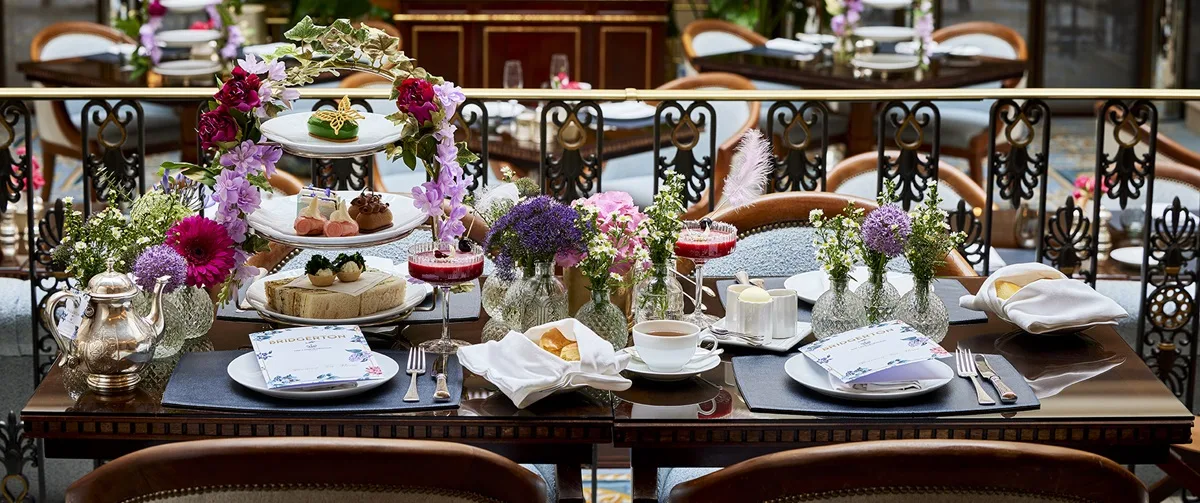
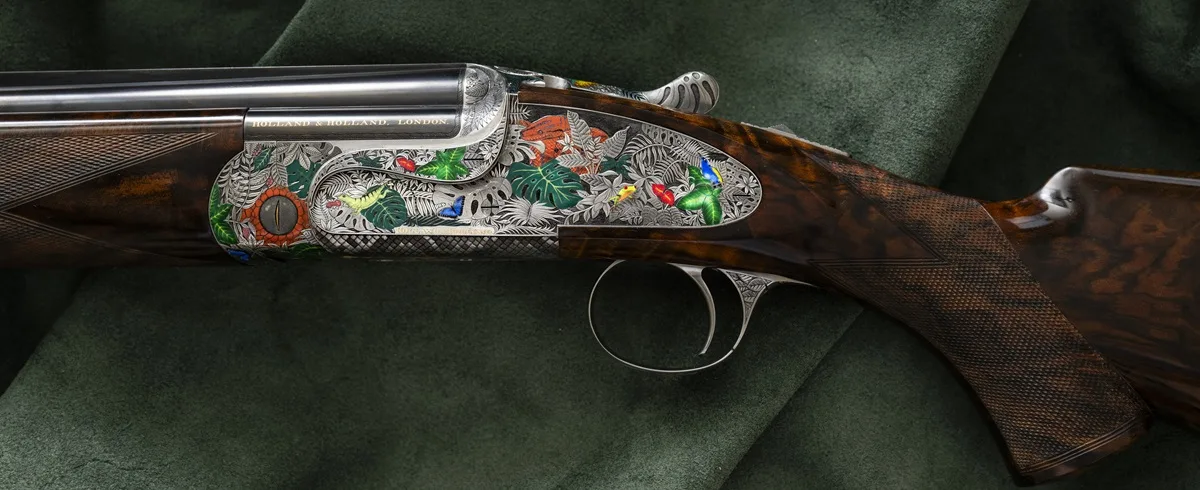
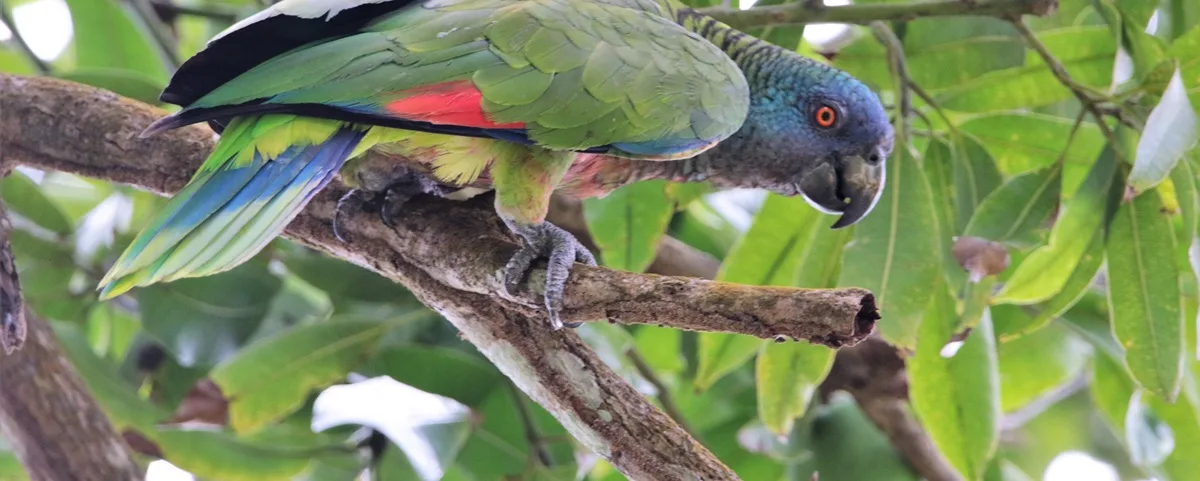

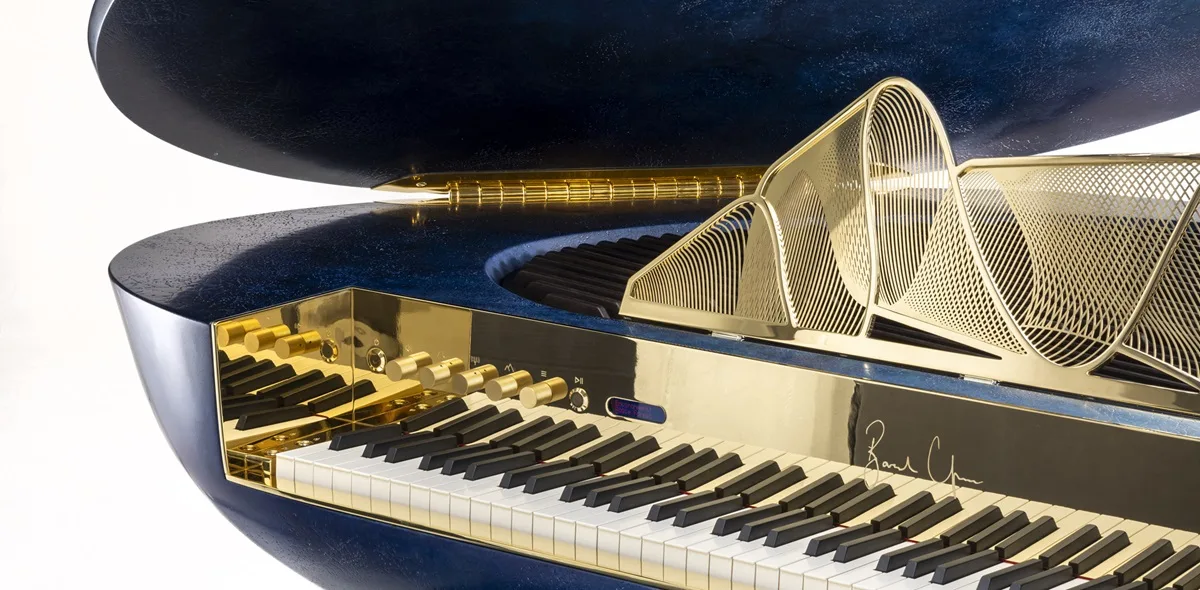
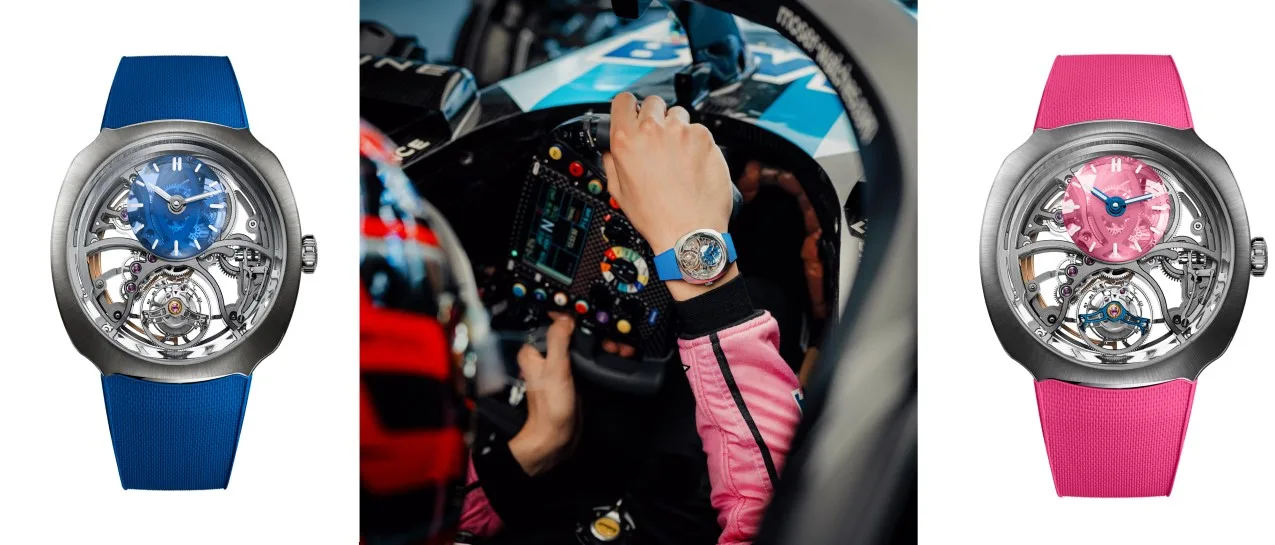
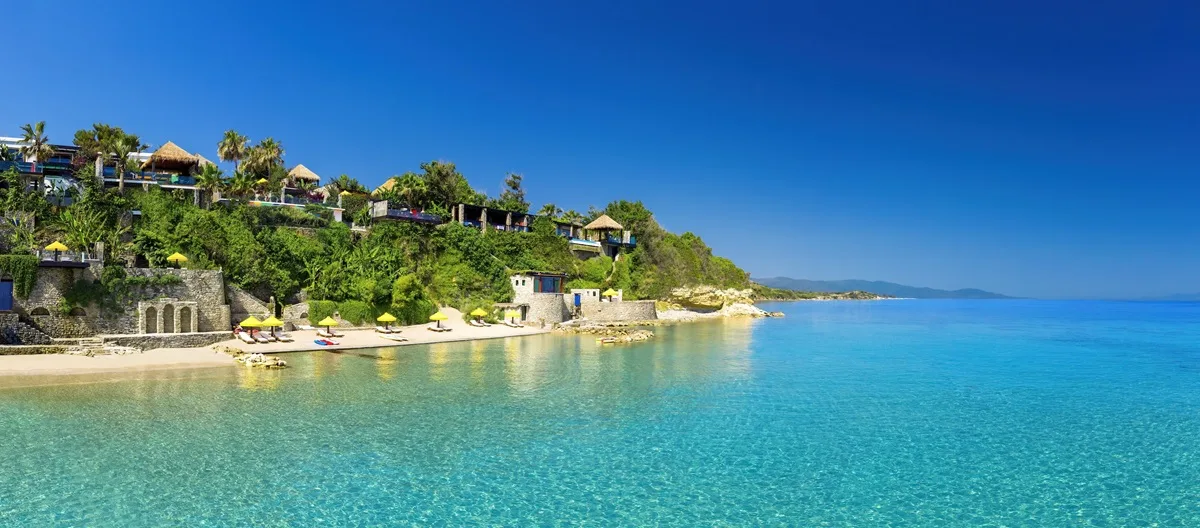


Show Comments +